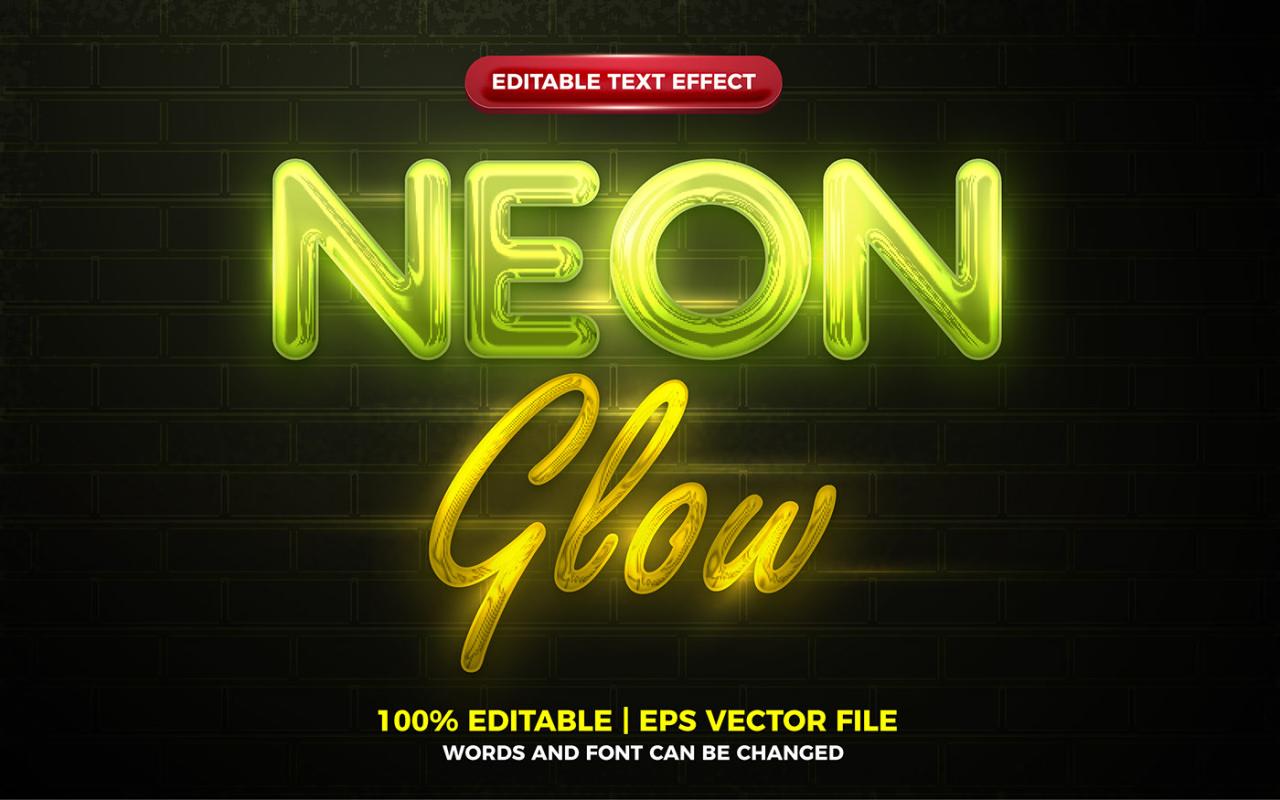Neon Glow Effect on Text and Objects invites you into a vibrant world where creativity knows no bounds. Imagine text and objects radiating with electric colors, casting an enchanting glow that captivates the eye and sparks imagination. This effect harnesses the power of light to transform ordinary visuals into extraordinary experiences, elevating designs across various platforms and mediums.
From graphic design to marketing, the neon glow effect serves as a tool to enhance aesthetic appeal and draw attention. It finds its place in digital art, branding, and even user interfaces, making it a versatile choice for those looking to make a statement. Mastering this effect not only adds flair to your projects but also allows for a deeper engagement with your audience, inviting them to explore the luminous possibilities of your creations.
In a world where every word counts, the art of persuasive communication has become a vital skill to master. Whether you’re trying to sell a product, convince colleagues in a meeting, or inspire a community, the ability to sway opinions and motivate action is priceless. This article will delve deep into the nuances of persuasive communication, equipping you with the tools you need to engage and influence effectively.
Understanding the Power of Persuasion
Persuasion is not merely about getting someone to agree with you; it’s about understanding their needs, desires, and fears. It’s about crafting a message that resonates on a personal level. According to renowned psychologist Robert Cialdini, who has spent decades studying the psychology of persuasion, the key principles revolve around reciprocity, scarcity, authority, consistency, liking, and consensus. These principles provide a framework to influence others ethically and effectively.
The Six Principles of Persuasion
- Reciprocity: People are more likely to respond positively to a request if they feel they owe you something. This is why businesses often offer free samples or trials; it creates a sense of indebtedness.
- Scarcity: The fear of missing out (FOMO) can be a powerful motivator. When something is perceived as limited or exclusive, its value increases in the eyes of the consumer.
- Authority: Individuals are more likely to trust and be influenced by those who are seen as credible experts. Establishing authority through knowledge and expertise can significantly enhance your persuasive efforts.
- Consistency: People value consistency in their beliefs and actions. By aligning your message with your audience’s existing values, you can effectively encourage agreement.
- Liking: We are more easily persuaded by people we like. Building rapport and finding common ground can be crucial in any persuasive effort.
- Consensus: People often look to the behavior of others to determine their own actions. Demonstrating that others support your idea can greatly increase its acceptance.
The Art of Storytelling in Persuasion: Neon Glow Effect On Text And Objects
One of the most powerful tools at your disposal is storytelling. Humans are wired for stories; they captivate attention, evoke emotions, and foster connections. When you weave a narrative into your communication, you transform abstract concepts into relatable experiences. Stories create vivid images in the mind, making your message more memorable.
Consider the structure of a compelling story: it begins with a relatable character, faces obstacles, and ultimately, finds a resolution. By placing your audience in the shoes of the protagonist, you allow them to visualize the journey and feel the outcomes. This emotional engagement can lead to a greater willingness to embrace your ideas or products.
Crafting Your Message
Clarity is key in persuasive communication. Begin by identifying the core message you want to convey. What is the main idea or action you want your audience to take? Once you have this, structure your message around it. Use simple language, avoid jargon, and be direct.
Your audience should grasp your message without ambiguity.
Additionally, consider the tone of your message. A friendly, conversational tone can put the audience at ease, fostering a connection that makes them more receptive to your ideas. On the other hand, a formal tone may be appropriate in settings requiring professionalism. Tailor your delivery to fit the context and audience.
The Role of Body Language
Communication is not solely about words; body language plays a crucial role in persuasion. According to research, a significant portion of our communication is non-verbal. Your posture, gestures, and facial expressions can reinforce or contradict your message. For instance, maintaining eye contact can build trust, while crossed arms may signal defensiveness.
To enhance your persuasive efforts, be mindful of your body language. Open gestures, smiling, and nodding can create an inviting atmosphere. Practice your delivery to ensure that your non-verbal cues align with your intended message.
Active Listening
Persuasion is a two-way street. To influence effectively, you need to listen actively. This means being fully present in the conversation, paying attention to verbal and non-verbal cues, and showing empathy. By validating your audience’s feelings and concerns, you establish a rapport that paves the way for persuasion.
Active listening also involves asking open-ended questions to encourage dialogue. This not only gives you insight into your audience’s perspective but also demonstrates that you value their input. When people feel heard, they are more likely to be open to your ideas.
Overcoming Objections
In any persuasive effort, you will inevitably encounter objections. Instead of viewing these as setbacks, see them as opportunities to clarify and reinforce your message. Prepare for common objections in advance, and address them with empathy and understanding. Acknowledge the concern, validate it, and then provide a well-reasoned counter-argument.
For instance, if someone questions the cost of a product, instead of dismissing their concern, you could highlight its long-term value, durability, or unique features. This approach not only addresses the objection but also strengthens your argument.
Conclusion: The Journey of Persuasion
Mastering the art of persuasive communication is a continuous journey. It requires practice, self-reflection, and adaptability. The principles of persuasion, the power of storytelling, and the importance of body language and active listening are all integral components in this process. By honing these skills, you can transform your ability to connect with others, influence their decisions, and inspire action.

As you step out into the world of persuasion, remember that the ultimate goal is not just to win an argument but to build relationships and foster understanding. Embrace the challenge, and watch as your words become tools of empowerment and change.






